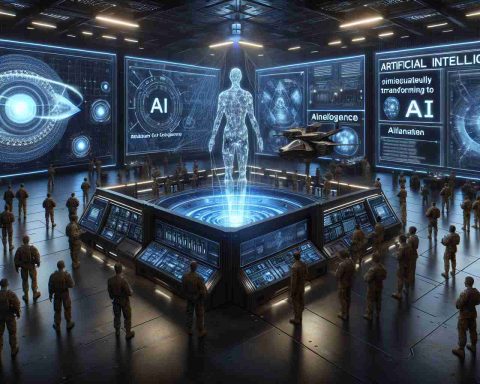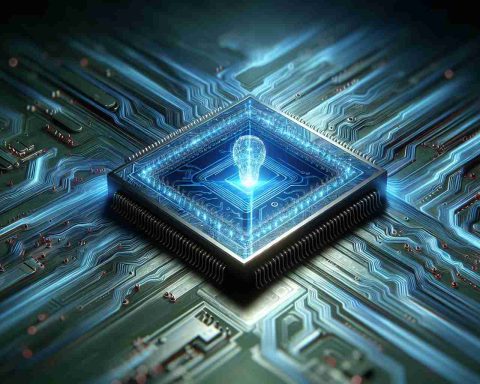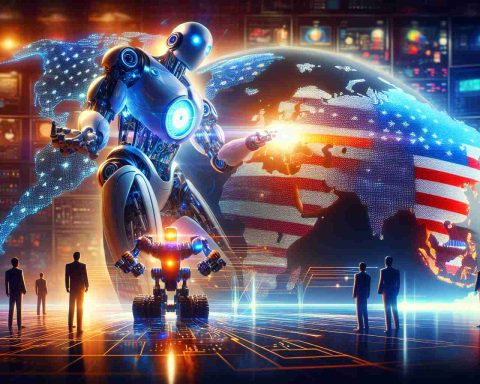In the rapidly evolving world of technology, AI-driven tools are now capable of transforming static images into lifelike animated memories. This groundbreaking technology, known as photo animation through AI, is poised to revolutionize the way we interact with our past, offering a new dimension to nostalgic experiences.
A New Era for Photos: Unlike traditional photographs, which capture a single moment in time, these AI-powered animated images bring dynamic movement to still frames. By analyzing the elements within a photo, such as faces and backgrounds, sophisticated algorithms can predict and construct movement, creating an illusion of vitality. This innovation transcends conventional media by making static subjects appear as though they are moving, blinking, or smiling naturally.
Technology at the Core: At the heart of this transformative capability are neural networks, specifically designed to simulate various possible movements within a single image. These models rely on extensive training datasets of human expressions and motions, allowing them to craft realistic animations. The result is a seamless gif or video that can be shared across platforms, offering a personalized touch to photos that once collected dust in old albums.
The Future of Remembrance: While still in its nascent stages, the potential applications of this technology are vast. From historical preservation to creating personalized digital artwork, AI photo animation opens doors to entirely new experiences of engagement with visual media. As this technology matures, it may even offer opportunities to animate museum artifacts or televise historical figures, reimagining our connection with the past.
Overall, AI’s ability to animate photos marks a significant shift in how we perceive still images, promising a future where memories are not only captured but brought vividly to life.
Emotional Impacts and Ethical Dilemmas: AI Photo Animation Unveiled
In the age of AI innovation, the ability to animate still photographs introduces profound implications for personal and collective memory. While the sensation of watching a once-static photo come to life is thrilling, this technology also poses unique emotional and ethical challenges.
Psychological Considerations: The animated transformation of photos can invoke strong emotions, both positive and negative. For some, seeing a deceased loved one animated could provide comfort and a unique way to reconnect emotionally. However, for others, it may provoke feelings of grief or unsettle memories best left in stillness. The emotional spectrum this technology taps into underscores the importance of user discretion and intent.
Ethical Quandaries: AI photo animation raises significant ethical questions. For instance, what are the boundaries of consent for animating deceased individuals? Additionally, there’s potential for misuse in creating misleading or fraudulent media. These concerns necessitate robust discussions and possibly new regulations to guide ethical usage.
Community and Cultural Impacts: On a broader scale, communities can use this technology to revive cultural heritage. Animating historical photos could encourage younger generations to engage with their heritage. However, caution is necessary to ensure that such animations respect cultural sensitivities and historical accuracy.
While the possibilities are vast, vigilance is crucial to avoid exploitative practices and ensure respectful use. This technology forces us to ask: How do we balance innovation with respect for the past? Can these digital resurrections redefine our perceptions without diluting the authenticity of memory?
For more insight into AI advancements, visit MIT Technology Review or explore AI communities at Ted Talks.






















